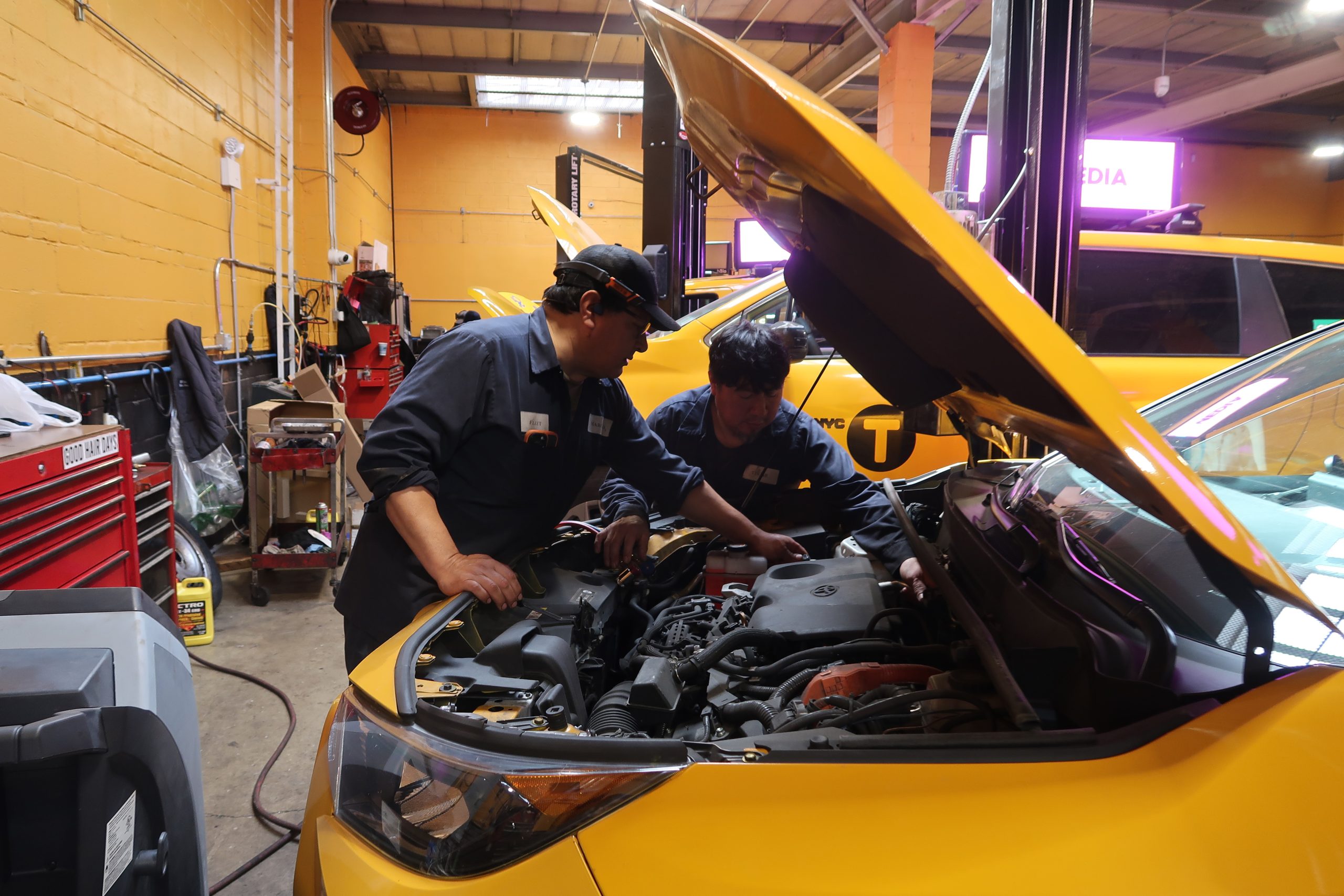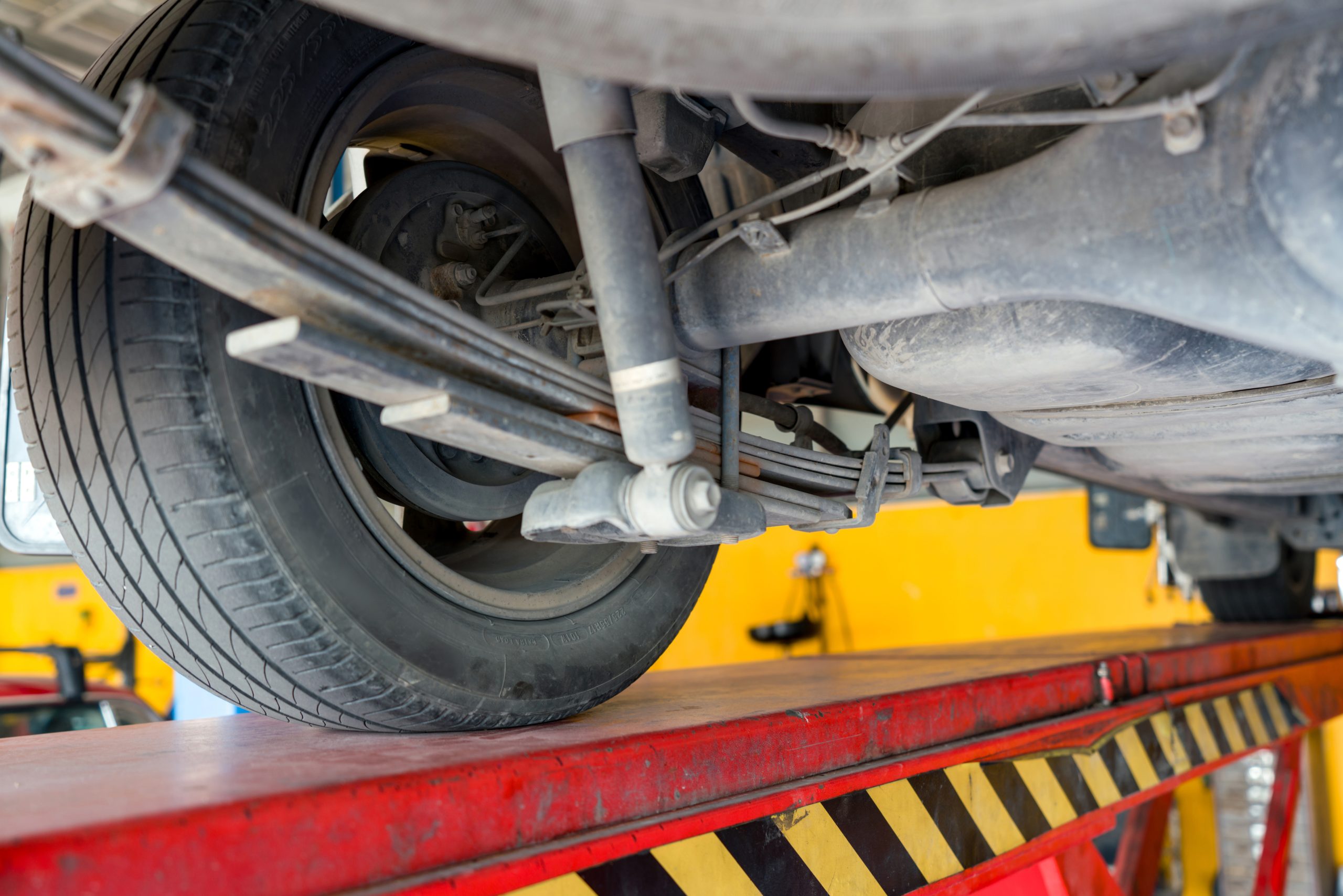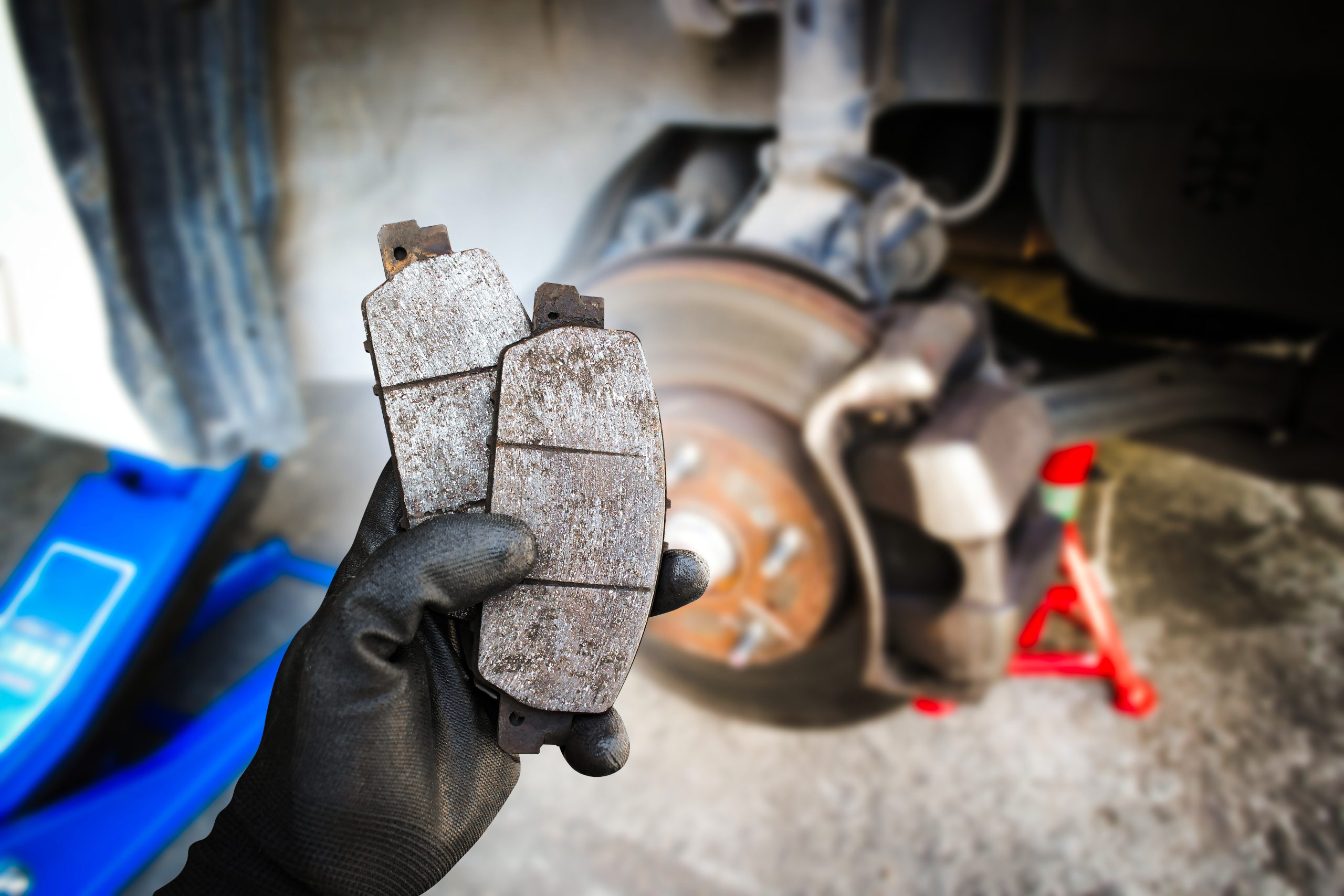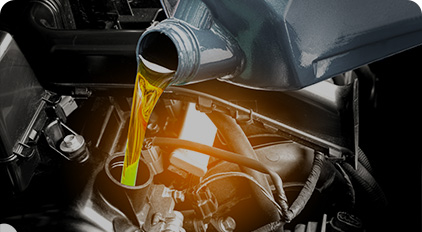Vehicle brake services in Woodside, NY
Vehicle brake service is crucial for maintaining the safety and performance of your vehicle’s braking system.
What happens during a brake service?
- Brake Inspection: The technician will visually inspect the entire braking system, including brake pads or shoes, rotors or drums, calipers or wheel cylinders, brake lines, and brake fluid reservoir. They’ll look for signs of wear, damage, leaks, or other issues that may affect braking performance.
- Brake Pad/Shoe Replacement: If the brake pads or shoes are worn down to the minimum thickness or show signs of uneven wear, they will need to be replaced. This involves removing the wheels, inspecting the brake pads/shoes, and replacing them with new ones as needed.
- Rotor/Drum Resurfacing or Replacement: If the brake rotors or drums are scored, warped, or worn beyond the manufacturer’s specifications, they may need to be resurfaced or replaced. Resurfacing involves machining the surface of the rotor or drum to remove imperfections and restore smoothness. If resurfacing is not possible or practical, replacement may be necessary.
- Brake Caliper/Wheel Cylinder Inspection: The technician will inspect the brake calipers or wheel cylinders for leaks, sticking, or other issues. They may recommend rebuilding or replacing calipers or cylinders if necessary.
- Brake Fluid Flush: Over time, brake fluid can absorb moisture and become contaminated, leading to reduced braking performance and potential damage to brake components. The technician may recommend flushing the brake fluid and replacing it with fresh fluid to ensure optimal braking performance.
- Brake Line Inspection: The technician will inspect the brake lines for signs of corrosion, leaks, or damage. They may recommend replacing any damaged or corroded brake lines to prevent brake fluid leaks and ensure safe braking operation.
- Hardware Replacement: The technician may replace hardware such as brake pad shims, retaining clips, and anti-rattle springs to ensure proper brake pad/shoe movement and minimize noise and vibration.
- Brake System Lubrication: Proper lubrication of brake components, such as caliper slides and pad contact points, is essential for smooth and quiet braking operation. The technician may apply lubricant to these components during the brake service.
- Brake System Bleeding: If air has entered the brake system or the brake fluid has been contaminated, the technician may need to bleed the brake system to remove air and ensure proper brake pedal feel and responsiveness.
- Road Test: After completing the brake service, the technician will road test the vehicle to ensure that the brakes are functioning correctly and that there are no unusual noises, vibrations, or pulling to one side during braking.
Why it matters
Regular brake service is essential for maintaining the safety and reliability of your vehicle. It’s generally recommended to have your brakes inspected and serviced at least once a year or as needed based on your driving habits and the condition of your vehicle. If you notice any signs of brake wear or performance issues, such as squealing or grinding noises, pulsation or vibration when braking, or a soft or spongy brake pedal, it’s important to have your brakes inspected by a qualified technician as soon as possible.





